What is fair use?
Fair use is covered in Section 107 of the Copyright Act. It provides that fair use of a work "for purposes such as criticism, comment, news reporting, teaching (including multiple copies for classroom use, scholarship, or research)" is not an infringement of copyright.
Is my use a "fair use"?
Refer to this checklist provided by Cornell University.
What is copyright?
Copyright is the lawful right of an author or owner of a piece of work to control its use.
For a work to be protected by copyright law, it must be an idea that has been expressed and fixed in some sort of medium. The expression has to be original.
What works are protected by copyright?
Works protected by copyright include:
Literary works, musical works, dramatic works, choreographic works, illustrations, graphics, sculptures, sound recordings, and architectural works.
Can I avoid infringement by crediting the source?
No. Copyright infringement and plagiarism are different. Plagiarism is passing off someone's work as your own. Plagiarizing is possible without infringing the copyright- such as using another's ideas without proper crediting, even though you do not copy their words, or if you utilize a work with an outdated copyright. It is also possible to infringe without plagiarizing. Properly citing the work you are copying does not exempt you from liability for infringement.
What is the public domain?
Public domain is the legal name for a work that is not protected by intellectual property rules or copyright laws. In the fair use arena, the term is often applicable when the copyright no longer serves as a form of protection for the piece of work.
How do I find out if a work is in the public domain?
Refer to this chart provided by Cornell University.
Faculty FAQ's
We're an educational institution. Aren't all uses "fair use"?
No. There are four basic considerations that exist in the law regarding institutional use: nature of the medium, intended use of the work, the amount used (e.g., one poem in a book of poems, one journal in an article, one chapter of a book, etc.) and market impact.
Since we're an educational institution we won't get sued, right?
Institutions of higher learning are often targeted by content owners litigating for copyright infringement. Faculty at the University at Albany must remain within legal boundaries.
What is the current SUNY copyright policy regarding the work of faculty?
The current SUNY copyright policy says that faculty has ownership of works produced in the scope of employment, including online coursework, unless a written contract says otherwise. SUNY and faculty may contract "work-for-hire" which authorizes the work in advance via written agreement (practice varies by campus). In the absence of a written copyright contract ownership lies with the faculty.
What is the TEACH Act?
The TEACH Act allows fair use sharing of copyrighted materials to students learning from a distance or face-to-face. The material must be for educational use only and for the duration of that course.The University at Albany takes measures to ensure that technology is being used that guarantees that only enrolled students can access the copyrighted information.

